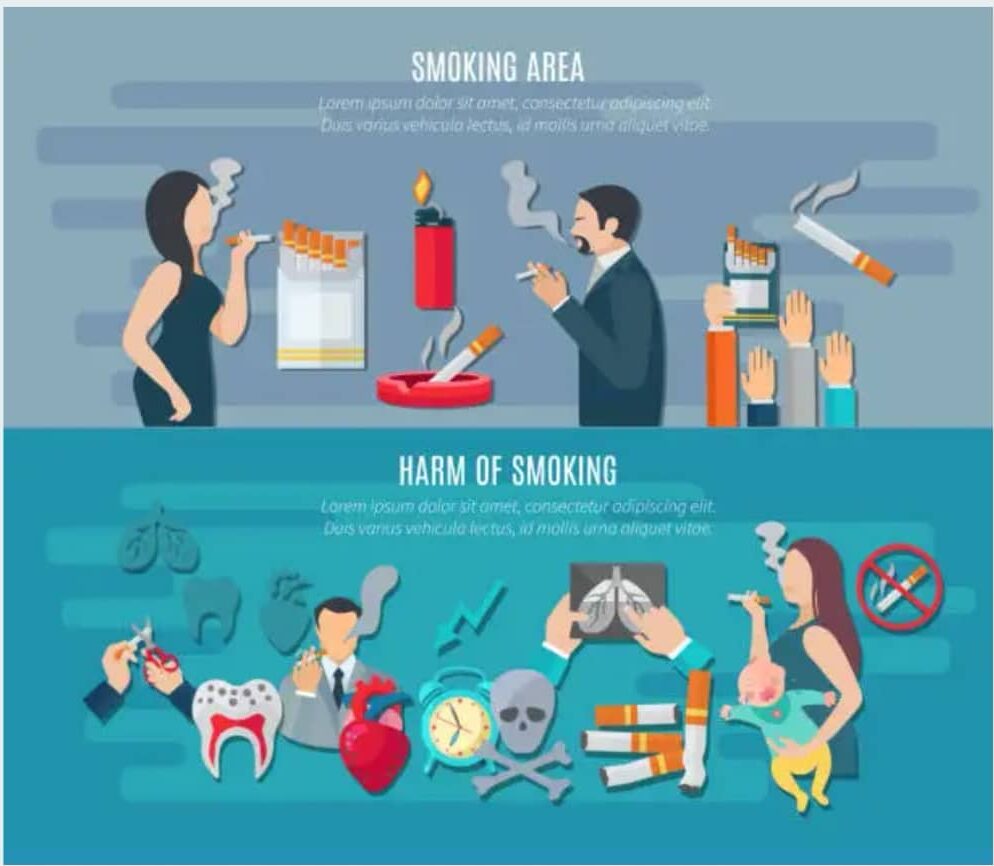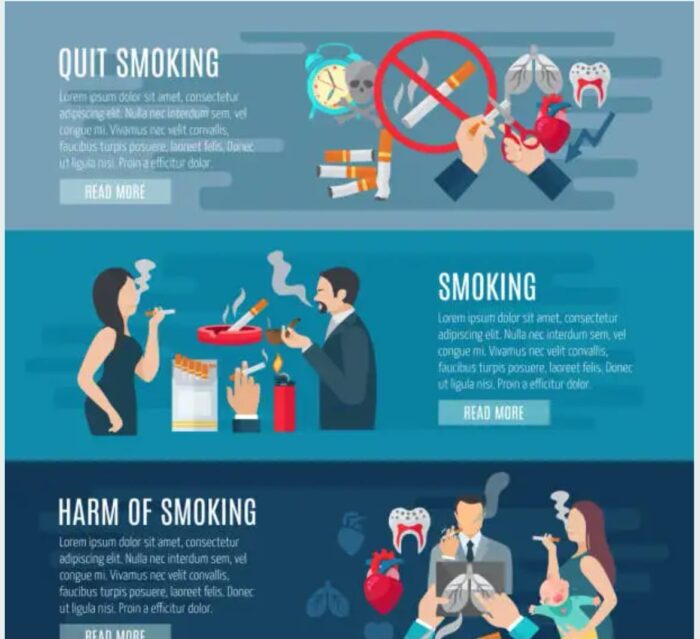For years, the global conversation around tobacco control has centered on prevention and cessation. These remain important. However, another approach is emerging that complements existing strategies: Tobacco Harm Reduction (THR). Rather than outright condemnation, THR advocates for a pragmatic and evidence-based pathway by offering adult smokers safer alternatives that deliver nicotine without the harmful by-products of burning tobacco.
Scientific bodies and independent reviews, including research collated by the UK’s Royal College of Physicians and data from Sweden’s public health authorities, have demonstrated that products such as heated tobacco, snus, and e-cigarettes expose users to significantly fewer toxicants compared to traditional combustible cigarettes. While not risk-free, their risk profile is considerably lower, a distinction that is significant for public health.
In Cameroon, current regulatory frameworks do not always differentiate between nicotine products. This means that cigarettes, heated tobacco, and e-cigarettes are often treated under the same fiscal and policy umbrella. Such an approach misses the opportunity to leverage reduced-risk products for harm reduction. Furthermore, it risks driving smokers seeking alternatives to illicit markets, alternative products if safer options are either unavailable or unaffordable.
The Swedish example provides compelling evidence of what is possible with a pragmatic, risk-proportionate regulatory approach. Sweden reduced its smoking rate from 15 per cent in 2008 to just 5.6 per cent in 2022, close to achieving “smoke-free” status by WHO’s standards while maintaining overall nicotine use at levels similar to other European countries. This achievement is widely attributed to Sweden’s policies that embraced harm reduction by permitting and regulating alternatives such as snus and, more recently, e-cigarettes and nicotine pouches. The result has been a separation of nicotine use from the severe health consequences associated with the combustion of cigarettes, leading to reduced healthcare burdens and improved public health outcomes.
Cameroon has the opportunity to consider a similar approach by integrating Tobacco Harm Reduction into its national strategy. This involves developing clear regulatory and fiscal frameworks that differentiate between combustible and non-combustible products. Such a framework would ensure that reduced-risk products meet strict safety and quality standards, are marketed responsibly to adult smokers, and remain inaccessible to underage persons.
Lessons can be drawn from the European Union’s Tobacco Products Directive, which regulates e-cigarettes under consumer product standards rather than classifying them purely as tobacco. This approach allows for innovation and market availability while ensuring robust quality controls and youth protection.
Furthermore, fiscal policy must reflect these differential risks. High taxes on all nicotine products may unintentionally undermine harm reduction efforts by making safer alternatives overly expensive. A risk-proportionate tax structure that incentivises switching, while ensuring government revenue, could deliver public health gains without fiscal loss.
The next logical step is to expand this commitment through the adoption of THR strategies. This is not about ignoring the risks associated with tobacco products. Rather, it is about acknowledging that for millions of adult smokers unable to quit, switching to scientifically validated, less harmful alternatives can significantly reduce their health risks.
If implemented with foresight, Cameroon’s approach to THR could serve as a regional model—demonstrating that progressive, science-based regulation can unlock a healthier future for all.











